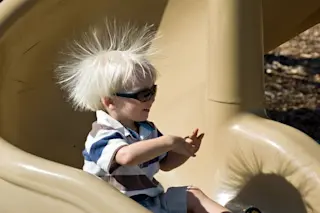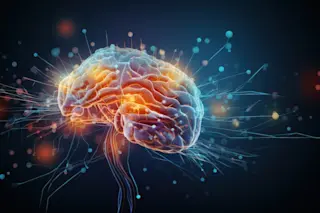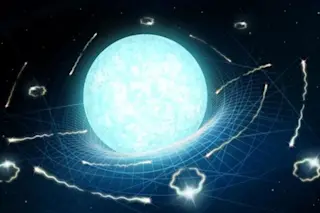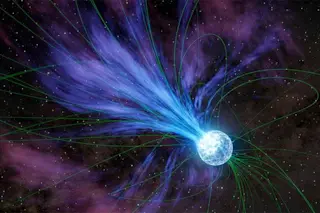Static electricity is a ubiquitous part of everyday life. It’s all around us, sometimes funny and obvious, as when it makes your hair stand on end, sometimes hidden and useful, as when harnessed by the electronics in your cellphone. The dry winter months are high season for an annoying downside of static electricity — electric discharges like tiny lightning zaps whenever you touch door knobs or warm blankets fresh from the clothes dryer.
Static electricity is one of the oldest scientific phenomena people observed and described. Greek philosopher Thales of Miletus made the first account; in his sixth century B.C. writings, he noted that if amber was rubbed hard enough, small dust particles will start sticking to it. Three hundred years later, Theophrastus followed up on Thales’ experiments by rubbing various kinds of stone and also observed the “power of attraction.” But neither of these natural philosophers found a satisfactory ...














